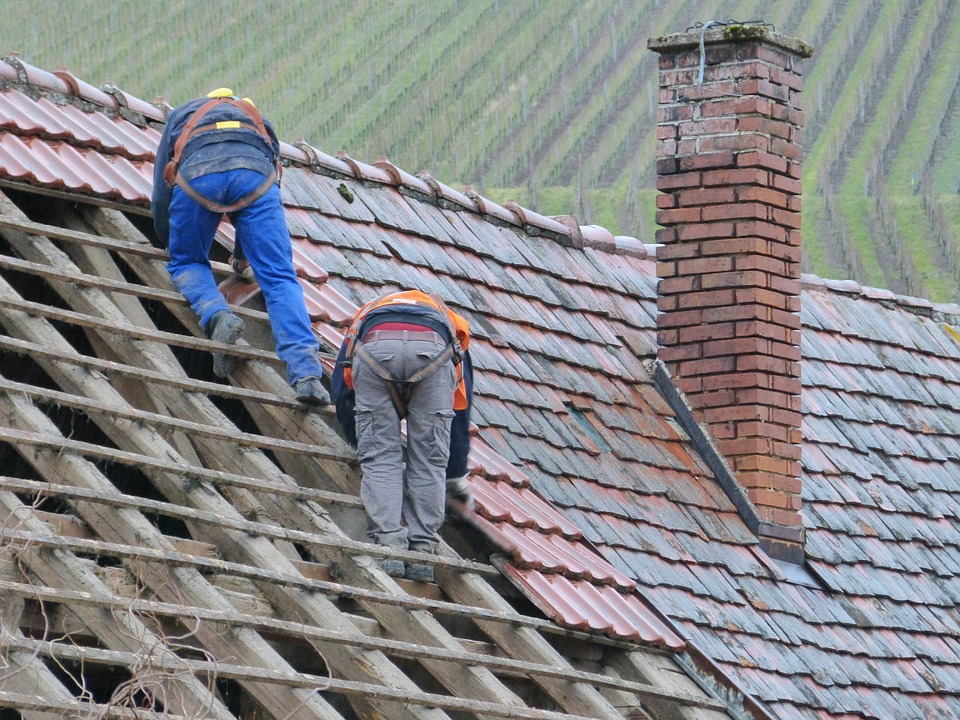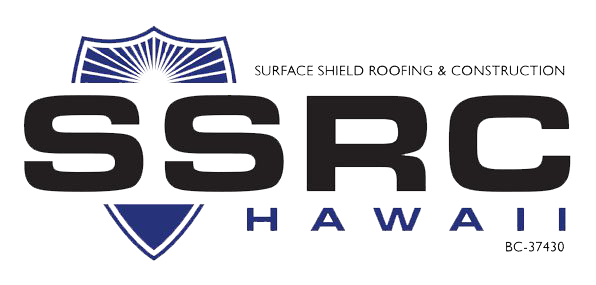Recognizing the Different Types of Roofs: A Comprehensive Overview for Homeowners
In the realm of homeownership, choosing the proper roof style is a choice that carries substantial implications for both functionality and visual allure. With a variety of options-- varying from the typical gable to the contemporary level-- each kind presents one-of-a-kind benefits and challenges that must align with the property owner's particular requirements and environmental factors to consider. Recognizing these differences not only aids in making an educated option yet likewise affects long-term upkeep and energy effectiveness. As we discover the ins and outs of various roofing system types, it ends up being apparent that size does not fit all; the best option might amaze you.
Saddleback Roof
Saddleback roofs, identified by their triangular form, are among the most preferred roof covering designs because of their simplicity and effectiveness in dropping water and snow. This design includes two sloping sides that meet at a ridge, enabling effective water drainage and lessening the risk of water accumulation. The high pitch generally connected with saddleback roofs boosts their capacity to deal with heavy rainfall, making them appropriate for various environments.
In addition to their sensible benefits, saddleback roofs provide aesthetic convenience. They can be adjusted to various building designs, from standard to modern-day homes. The style can also suit added functions such as dormer home windows, which enhance natural light and ventilation in the attic room room.
Furthermore, gable roofing systems offer adequate space for insulation, adding to energy effectiveness. Property owners can select from a range of roof products, consisting of asphalt tiles, metal, and tiles, even more boosting modification alternatives.
Despite their benefits, saddleback roofs might call for additional assistance in locations vulnerable to high winds or hefty snowfall. Generally, the saddleback roof stays a preferred selection due to its mix of functionality, sturdiness, and visual charm.
Apartment Roofs
Flat roofs are commonly identified for their minimalist design and sensible applications, especially in business and commercial settings (oahu roofing). These roofings feature a horizontal or virtually straight surface, which enables for very easy building and versatile area usage. While they might lack the aesthetic appeal of angled roofs, level roofing systems provide many benefits, particularly in metropolitan atmospheres where maximizing room is crucial
One of the main benefits of flat roofing systems is their accessibility. Property owners can use the roofing system room for numerous functions, such as rooftop gardens, terraces, or photovoltaic panel setups. Furthermore, level roofing systems are generally a lot more economical to set up and preserve contrasted to their sloped equivalents, as they call for less materials and labor.
Nevertheless, flat roof coverings do existing particular obstacles. Appropriate drain is important to avoid water merging, which can result in leakages and architectural damage. Hence, choosing top notch waterproofing products and routine examinations are vital for ensuring long life. Typical materials utilized for flat roofing systems consist of built-up roof (BUR), modified asphalt, and single-ply membrane layers, each offering distinct advantages. Generally, flat roofings work as a versatile and functional option for numerous house owners and organizations alike.
Hip Roof Coverings
Hip roofs are characterized by their sloped sides that converge at the top, forming a ridge. This style is unique from saddleback roofs, as all four sides of a hip roofing incline downwards towards the wall surfaces, offering a more steady structure. The angle of the inclines can vary, enabling adaptability in building aesthetics and performance.
One of the primary benefits of hip roofs is their capacity to endure hefty winds and negative climate problems. The sloped surfaces make it possible for far better water drain, minimizing the risk of leaks and water damage. Additionally, hip roofing systems provide raised attic room space, which can be utilized for storage or perhaps exchanged comfortable locations.
Nevertheless, constructing a hip roof covering can be much more expensive and complex than easier roof covering kinds, such as gable roofs. The added product and labor included in developing the inclines and making certain proper architectural stability can result in greater costs. In spite of these disadvantages, numerous home owners prefer hip roofing systems for their durability, visual appeal, and potential for power effectiveness.
Mansard Roofings
Mansard roofs, commonly acknowledged by their distinct four-sided layout, attribute 2 slopes on each side, with the lower incline being steeper than the top. This architectural style, originating from France in the 17th century, is not just aesthetically enticing yet functional, as it maximizes the useful space in the upper floors of a building. The steep lower incline permits more clearance, making it a perfect selection for lofts or attics, which can be exchanged living spaces.
Mansard roof coverings are identified by their flexibility, fitting numerous architectural designs, from conventional to modern-day. They can be created with different products, consisting of asphalt shingles, slate, or metal, providing home owners with an array of alternatives to suit their preferences and budget plans. In addition, the design permits the integration of dormer windows, enhancing all-natural light and ventilation in the upper degrees.
However, it is additional reading essential to consider the prospective drawbacks. Mansard roof coverings might require more maintenance because of the complexity of their design, and their high slopes can be testing for snow and rainfall drainage. Generally, mansard roof coverings combine style with functionality, making them a prominent selection amongst homeowners looking for unique architectural features.
Shed Roofing Systems
As homeowners increasingly look for simpleness and performance in their building designs, shed roofings have actually become a prominent choice. Defined by a single sloping plane, a shed roofing system provides a minimal aesthetic that complements various home styles, from modern to rustic.
Among the main benefits of a shed roofing system is its simple building, which often converts to reduce labor and product costs. This design enables efficient water drain, decreasing the threat of leaks and water damage. In addition, the vertical incline supplies sufficient room for skylights, improving natural light within the inside.
Shed roofing systems also provide adaptability in terms of use. They can be efficiently incorporated into additions, garages, or outdoor frameworks like sheds and pavilions. Moreover, this roof style visit their website can fit various roof covering materials, consisting of steel, asphalt tiles, or also green roofs, lining up with environment-friendly efforts.
Nevertheless, it is important to think about regional environment conditions, as heavy snow lots may require modifications to the roof covering's angle or framework. On the whole, dropped roof coverings provide a useful and visually pleasing alternative for property owners seeking to make best use of functionality without endangering design.
Conclusion


Gable roofing systems, identified by their triangular shape, are amongst the most popular roof covering styles due to their simplicity and effectiveness in shedding water and snow. oahu roofing. The high pitch commonly associated with gable roofs improves their capacity to handle heavy rainfall, making them appropriate for numerous climates
While they might do not have the aesthetic allure of pitched roofs, level roofing systems supply numerous advantages, specifically in urban atmospheres where making best use of space is important.
.jpg)